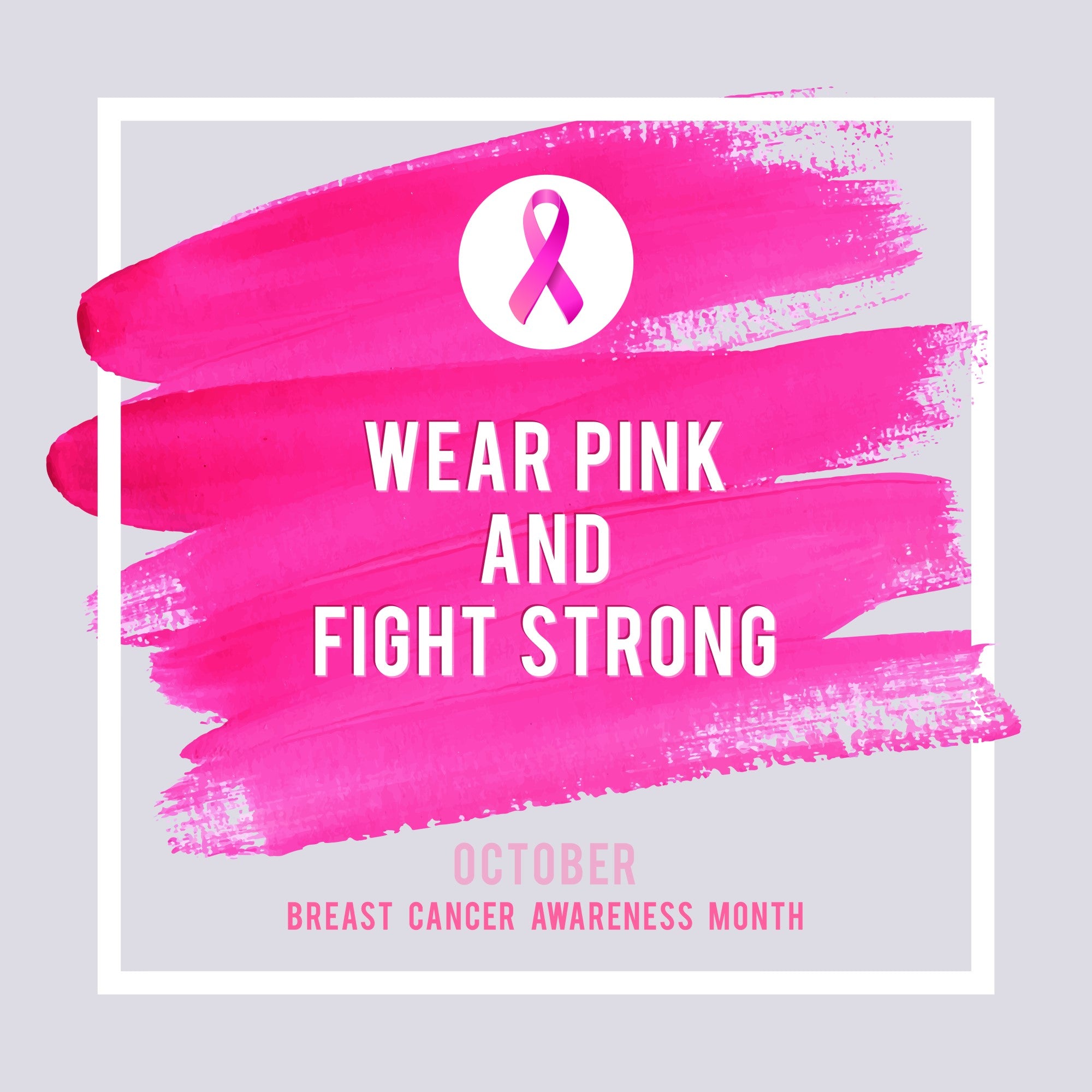on US orders over $100
on all US orders over $100

Women in the United States have a 1 in 8 chance of developing breast cancer, but you can reduce your risk! Adopting healthy lifestyle changes and routine screening lower rates of breast cancer and improve early detection and survival rates. Below we've got ten vital facts about breast cancer prevention and detection.

1. 40 percent of breast cancer is discovered by a monthly breast self-exam. By becoming more familiar with your breast tissue and appearance, you will be more apt to notice changes, should they occur. Checking yourself frequently will help you detect a lump often before a doctor does, thus increasing the risk of early detection.
2. There are two types of mammograms. Screening mammograms usually involve x-ray images, which make it possible to detect tumors that can't be felt. They also can find microcalcifications, or tiny deposits of calcium, that sometimes indicate the presence of breast cancer. Diagnostic mammograms are used to check for breast cancer after a lump or other sign has been found.
3. Early detection matters. Women who get regular screening mammograms have a 60 percent lower risk of dying within 10 years and a 40 percent lower risk of dying within ten years.
4. Get a regular mammogram. Regular, high quality screening mammograms and clinical breast exams are the most sensitive ways to screen for breast cancer.
5. Programs make screening affordable. The CDC's National Breast and Cervical Cancer Early Detection Program provides breast and cervical cancer screenings and diagnostic services to low-income, uninsured, and underinsured women across the United States. Find out if you qualify!

6. Digital Mammography can increase breast cancer detection rates by up to 40 percent. Digital images can be enhanced, magnified, or manipulated for further evaluation more easily, and can also be shared electronically, making remote consultations between radiologists and breast surgeons much easier.
7. Smoking and secondhand smoke can increase breast cancer risk by as much as 60 percent. Younger women who smoke have a higher risk of breast cancer than their nonsmoking peers.
8. Eat healthy. A high-fiber, low-fat diet with limited red meat can help reduce your cancer risk.
9. Stay active. Just 30 minutes of aerobic activity 3 to 5 times a week can lower your risk of breast cancer by 30 to 50%. The American Cancer Society recommends 150 minutes of moderate-intensity exercise per week to manage risk.
10. Breastfeeding can lower your risk, especially when breastfeeding for longer than a year. This is because breastfeeding women have lower estrogen levels and tend to live healthier lifestyles.
A healthy lifestyle is a great way to reduce your risk of breast cancer! Getting routinely screened, and getting your yearly mammograms can increase early detection, increasing . Although a frightening subject to face, remember that you are not alone. We are all committed to fighting breast cancer, spreading awareness and facts, and hopefully being one step closer to a cure.
Breast cancer prevention is about access to quality preventative healthcare and living a healthy lifestyle. Luckily Mountainside Medical Equipment has you covered! We've got what you need to keep active and stay healthy. Click this link to visit our women's health products!
Please consult your doctor or other qualified medical professional before stopping or starting any medications, supplements, or health regimens.
Leave a comment